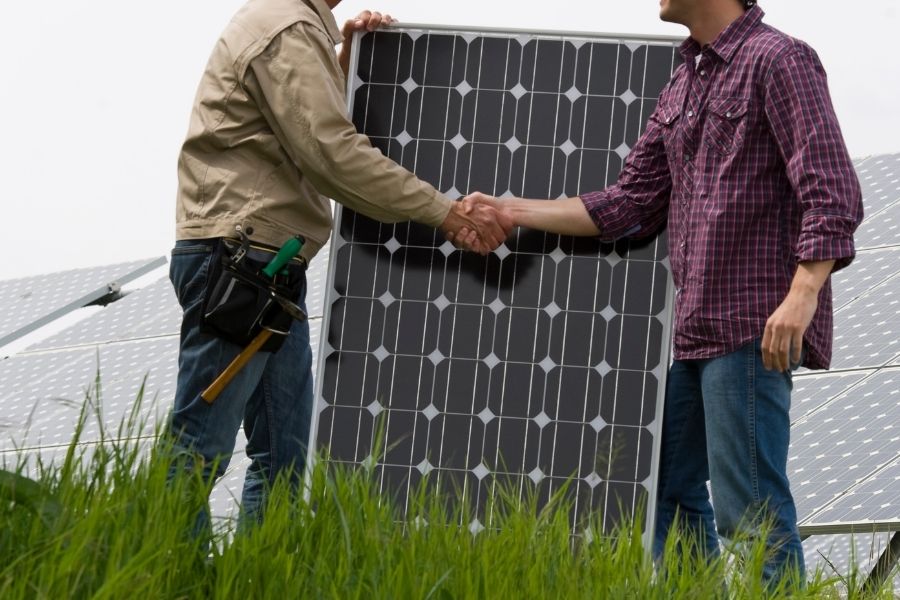2 min read
This Week in Solar: Tesla to Construct ‘Humongous’ 300-Megawatt Battery in Australia
![]() Solar Trust Centre Team
:
Nov 9, 2020 8:00:14 PM
Solar Trust Centre Team
:
Nov 9, 2020 8:00:14 PM
1. How to Know a Reputable Solar Installer
It’s wise to select a solar installer carefully. You don’t want to hire someone who makes mistakes that result in premature failure, roof damage or electrical safety hazards. Proper installation ensures your system will run efficiently and reliably. It also increases the likelihood that insurance or a warranty will cover any problems.
Recommendations and online reviews may help you choose a trustworthy installer. However, they’re not always accurate or up-to-date. You’ll probably achieve better results if you also take the installer’s accreditations or certifications into account as you make this important decision.
2. Tesla to Construct ‘Humongous’ 300-Megawatt Battery in Australia
Called the Victorian Big Battery Megapack, Tesla will build the “humongous battery” near Geelong — roughly 43 miles (70 km) southwest of the city of Melbourne. It’s expected to provide surge capabilities up to 300 megawatts, with 450 megawatt-hours of energy storage.
3. Why We Need to Improve the Grid for Increased Renewable Energy
Renewable energy sources are critical for every nation around the world. For the environment and for public health, these resources have the potential to outperform and exceed the competition – fossil fuels. Outperforming, though, is only half the battle. With solar power growth and new wind power integrations, grid optimization has become a necessity.
4. South Australia Got 100% Of Its Electricity From Solar For 1 Hour
For one hour on October 11, South Australia got 100% of its electricity from solar power. It is reportedly the largest jurisdiction in the world to do so.
5. Freak Hailstorms Hammer SE QLD Solar Owners
Solar panels are generally pretty tough, but there are limits to what they can handle as demonstrated by the aftermath of freak hailstorms on Saturday in parts of South-East Queensland.
6. Renewables cut Australia’s emissions more than Covid, energy analysis finds
Wind and solar power pushing out fossil fuel generation have cut Australia’s greenhouse gas emissions more than the Covid-19 pandemic, according to a new analysis.
7. Australian mining operations explore renewable energy potential with Engenium
Companies in the mining and energy sectors produce much of Australia’s carbon emissions. It will be no small feat transforming them to carbon-neutral entities. Some of the larger mining companies have already committed to going neutral in the next 20-30 years, so it’s no surprise they are rapidly exploring options like renewable energy to help them achieve their goal. That’s where Engenium comes in.
8. Super-charged: How Australia’s biggest renewables project will change the energy game
Australia doesn’t yet export renewable energy. But the writing is on the wall: demand for Australia’s fossil fuel exports is likely to dwindle soon, and we must replace it at a massive scale.
Read more related blogs
.jpg)
Why Increasing Solar Power Access for All is So Important
Many Australian households are fortunate to be able to acquire solar power as soon as they want it. Whether they look to utilise existing savings or...
Australia has Acquired 6 Gigawatts of Small-Scale Renewables
Clean Energy Regulator states Australia has reached 6 gigawatts of small-scale renewable installations. The country now has 2.8 million small-scale...

